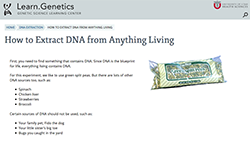
How to Extract DNA from Anything Living
Use these detailed instructions to add a DNA extraction activity to a science lesson on genetics and DNA.

Use these detailed instructions to add a DNA extraction activity to a science lesson on genetics and DNA.
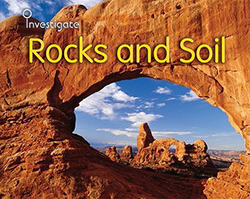
What is sand made of? What is erosion? What is clay used to make? The Investigate series encourages science inquiry with an interactive, investigative, and visual approach to a wide range of core curriculum topics. The format allows students to use scientific processes such as prediction, hypothesis, and inference in answering a series of questions on important topics throughout the book.

In this Dear America series book, Grace Edwards uses her journal to tell the story of a year (1935) in the Texas Panhandle town of Dalhart during the days of the Dust Bowl. Centered on a 12-year-old's perspective of home and school, chores and friends, Grace's diary reveals in graphic detail what life was like when farms failed, families went hungry, and children died from dust pneumonia because no rain fell.
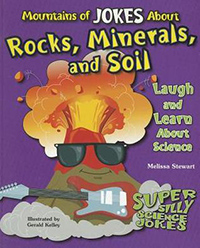
Each chapter of this book introduces a new geology concept and gives a couple of related jokes or riddles. Read some fascinating science facts about soil, gems, volcanoes, and mountains. Then learn some seriously silly jokes! There is even a section of the book that teaches you to write your own jokes about rocks, minerals, and soil!

Visit this website and click on your state to see statistics from the Economic Research Service and United States Department of Agriculture. State fact sheets provide information on population, employment, income, farm characteristics, farm financial indicators, and top commodities, exports, and counties for each state in the United States.
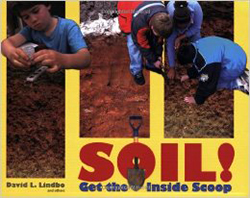
This book will help get kids excited about the living world of soil. Targeted for children aged 9-12, this 36-page, full-color book explores how soil is part of our life-the food we eat, the air we breathe, the water we drink, the houses we live in, and more. Along the way, readers learn about different kinds of soil and meet the scientists who work with soil every day.
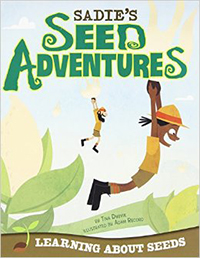
Sadie and Gardener Marv set out to clear weeds from a garden plot. While working, they go on a magical adventure to learn all about seeds. From hitching a ride with a cocklebur to flying through the sky with a milkweed seed, join Sadie as she figures out how seeds disperse.
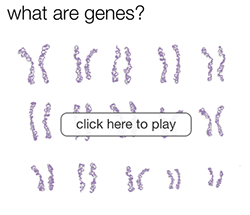
This website contains information and flash videos to supplement lessons on genetics, DNA, and heredity. You will find informative videos answering questions such as What are Genes? What are SNPs? Where do your Genes Come From? and What are Phenotypes?
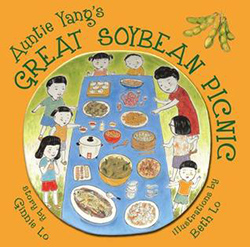
Auntie Yang starts an enduring picnic tradition when she discovers soybeans, a dearly-missed food from China, growing in Illinois. The picnic tradition quickly grows into an annual community celebration. Based on actual events, this story can be used to teach about soybeans, immigration, diversity, culture, and community. The book includes some simple Chinese words defined in a glossary at the back as well as additional information about the people who inspired the story and additional information about soybeans.
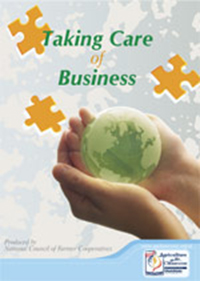
Help your students understand the difference between a sole proprietorship, partnership, corporation, and cooperative with this video from the National Council of Farmer Cooperatives. This 10-minute DVD highlights the distinguishing details of each type of business structure and gives examples that students can relate to. A great video for Business CTE or basic economics courses. Order this DVD online from agclassroomstore.com.
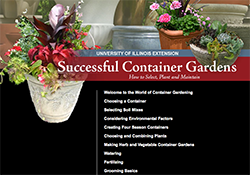
Use this website to find instructions and tips for making a container garden successful in your classroom.
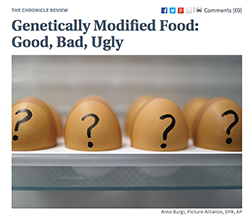
Review this article to hear multiple perspectives on the issue of GMOs. Why do some fear the technology while others believe it is a solution to many challenges in food production?